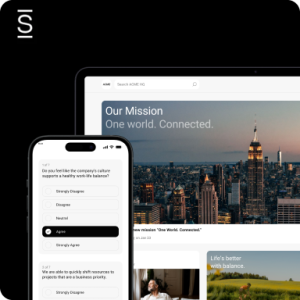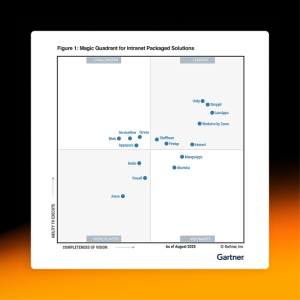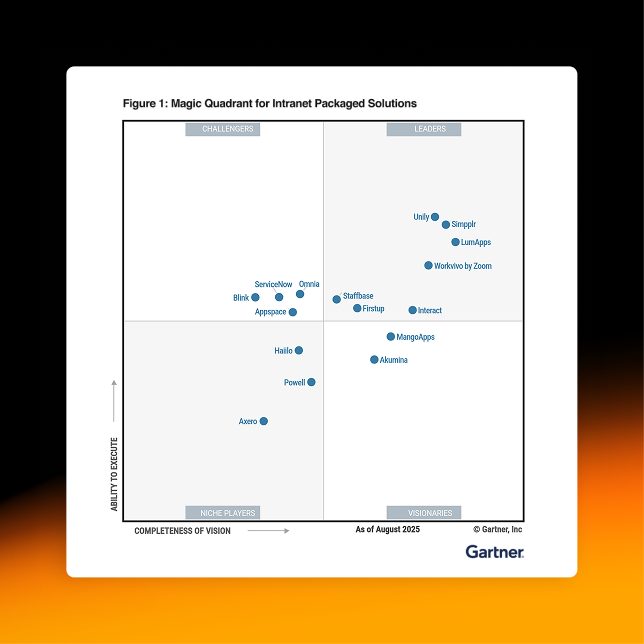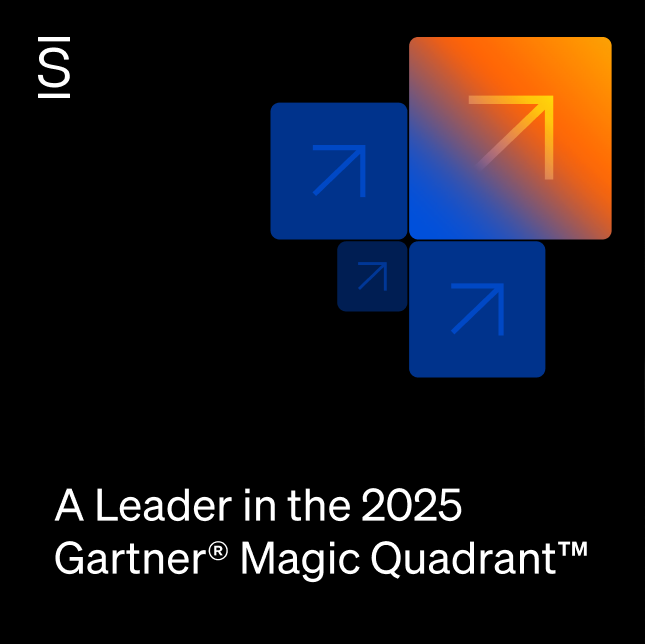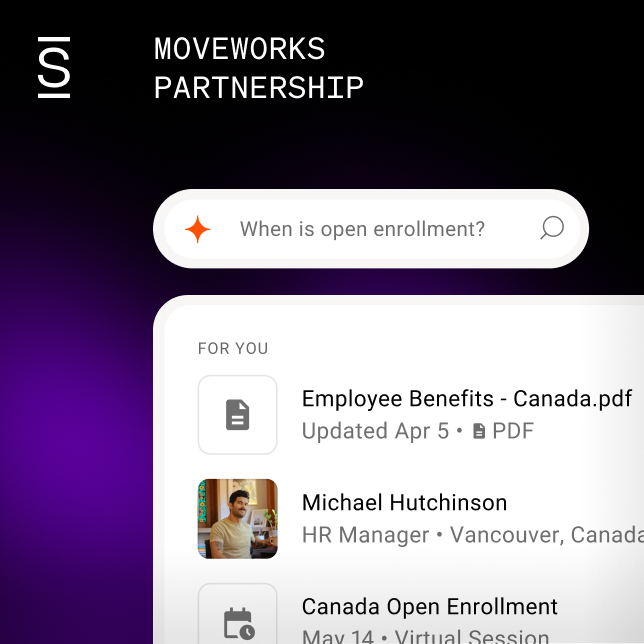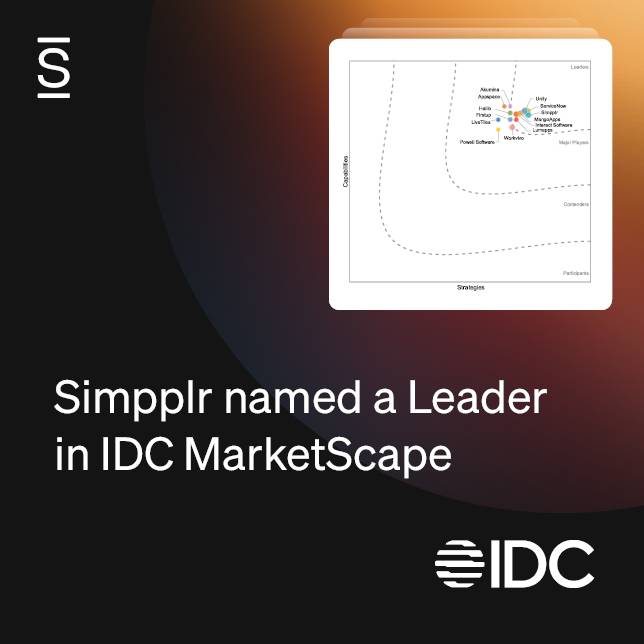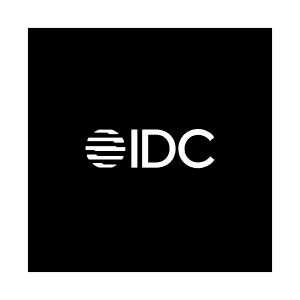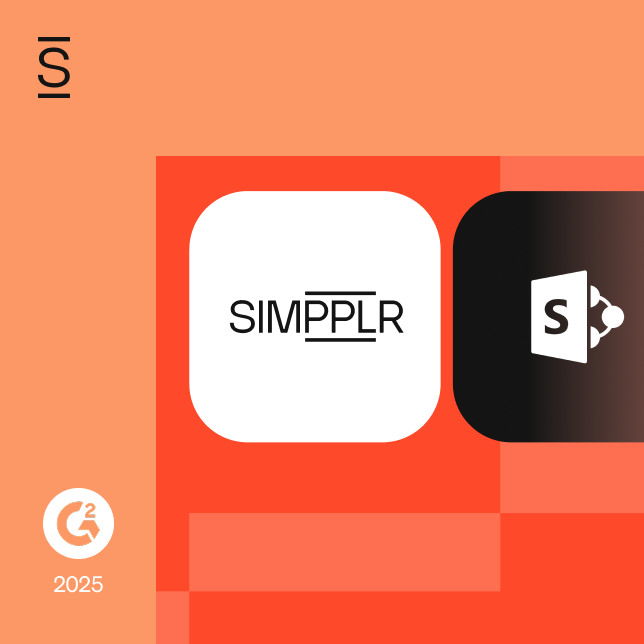One of the most common mistakes companies make in designing the digital employee experience is limiting their design strategy to productivity software. And DEX must accommodate every digital touchpoint in the employee lifecycle, including both hardware and software.
The digital employee experience (DEX) spans the entirety of an employee’s interactions with their digital workplace — new employee onboarding, managing healthcare benefits, company newsletters, employee engagement surveys, project management dashboards, and more. So, why are companies making so many mistakes with their design? We have answers.
Measure current DEX usage
Your employees have inside jokes about technological pain points. Honestly, who doesn’t dread sitting through another mandatory meeting using the ‘Presentation Program–Who-Must-Not-Be-Named’. You know, the one that’s been banned by Amazon and Twitter. As business climates evolve and employees deal with new problems, old solutions lose their efficacy––and they also lose employees’ attention.
But what other PowerPoint-esque apps are taking up valuable space in your employees’ digital lives? There are two great ways to take stock of your current DEX strategy:
First, ask the end-users, your employees, about their experience with their digital tools in monthly pulse surveys.
Continuous, monthly employee feedback captures shifts in attitudes toward digital tools and alerts you to new technologies as they emerge. And with our fast-paced rate of technological change, frequent feedback identifies the positive and negative trends toward your workplace tech stack before resentment or even avoidance sets in.
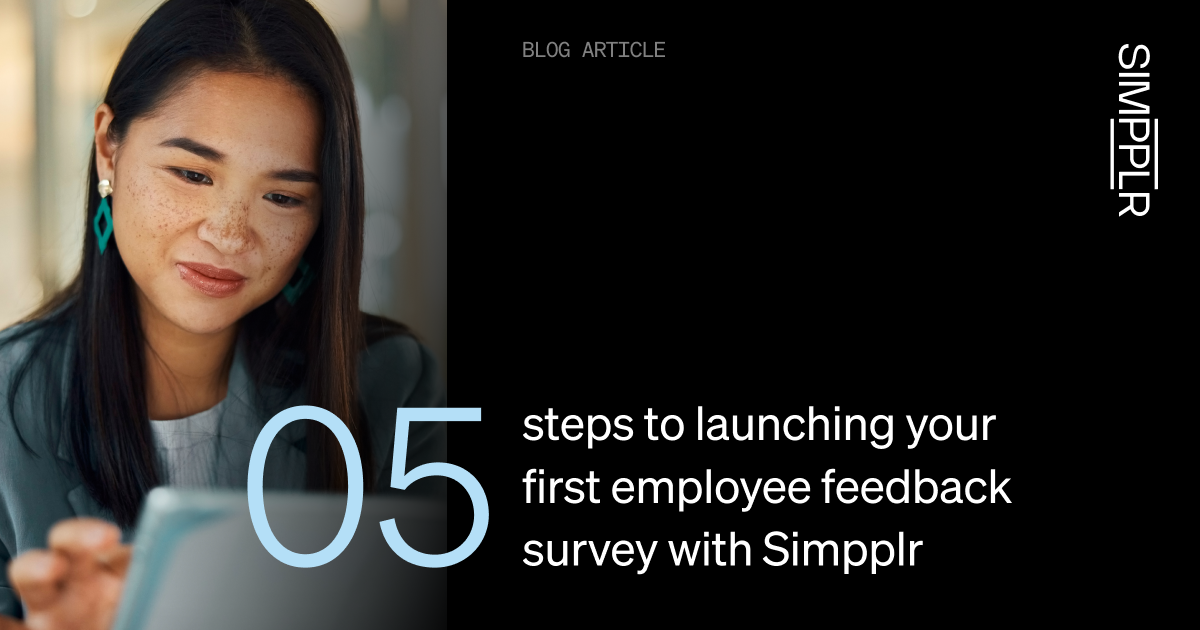
Second, gather quantifiable data from your tech stack using digital experience monitoring (DEM). A DEM service can provide insights into the end-user experience, backed by real-time metrics such as:
- App performance and uptime
- Network latency
- CPU usage
- Storage usage
- Device performance
And DEM service provides a host of other valuable employee experience management features for IT teams. These tools improve IT service and identify where problems are occurring, whether it’s within endpoint devices, in the network, or in your software.
If employees are jumping through hoops or using workarounds for any digital tool, it needs to be discovered and reevaluated quickly.
Discover the key drivers of DEX and the most popular categories for DEX investments in our State of Employee Experience survey results.
Define the DEX users desire
Obviously, you want a great digital employee experience. One that improves employee sentiment from the initial job application through to the exit interview. And different employee journeys require a different digital experience.
For example, a new hire likely expects an immersive, customizable tool that they can tailor to their needs––something that keeps pace with apps they’re used to and encourages further discovery. Conversely, a seasoned executive seeks minimally intrusive tools, ready to use out of the box with only those components relevant to their roles.
Different work environments and ecosystems exist depending on the department as well. For example, IT interacts very differently from HR does with its digital tools. And some employees default to desktops as their digital endpoint, while others are primarily mobile.
If your DEX strategy fails to take any of the above into account, follow these steps to design a better one.
Define your outcomes
Identify every digital touchpoint employees will have, beginning at onboarding and extending to the end of an employee’s lifecycle. What are your goals for that employee experience?
- Improve retention?
- Reinvent customer experience?
- Enhance employee productivity or employee satisfaction?
- Something else?
The digital employee experience often has multiple goals, so be sure to define the many ways in which you want to measure your DEX ROI.
Research and choose customizable tools
Ease of use is crucial. A tool that requires extensive training and IT support is never a good option. Evaluate each tool for its learning curve, including implementation, training, support requirements, interface design, ease of collaboration, and integration with the rest of your tech stack, as well as speed and efficiency.
Create a DEX strategy
Your DEX strategy should be a combination of employee feedback, digital metrics, solution research, and organizational needs. Silos have no place here, as the point of DEX is an overarching, customizable experience that takes every department into account. DEX initiatives see widespread adoption and success when stakeholders from multiple departments are included in the strategy.
And be sure to consider the following costs:
- Any upfront cost of implementation
- Ongoing monthly costs, often calculated per user
- The time-related costs of internal tech support
- The time it will take to train employees and integrate new solutions into the rest of your workflow
Implement, observe, and iterate
As part of your implementation process, plan to observe and measure stakeholder acceptance, overall employee adoption rates, and impact. And this needs to include everyone, from customer-facing personnel to those indirectly affected, like vendors, customers, and investors.
Measure your digital employee experience strategy continuously. Employees will appreciate the results as their personal DEX improves, and employee engagement will increase as they recognize your continued dedication to making their workflows more efficient and effective.
Ask yourself questions regarding each of these areas as you’re reflecting:
- Implementation: Has the new technology been successfully implemented? Did it take longer than expected? Is anything holding it back from being seamlessly integrated?
- Employee satisfaction: Are employees happy with the change? Has it made their jobs easier? Are employee workflows less frustrating and more rewarding?
- Adoption: Is the tool being used to its maximum potential? Are employees taking full advantage, or are they using only limited features and relying on old systems for the rest?
- Overall effectiveness: Does any part of the tool not work as well as others? Has overall work effectiveness dropped for the sake of a single function?
- IT capacity: Has the implementation eased the burden on IT services or created more work for them? Is the number of IT tickets down since it’s been implemented and stabilized?
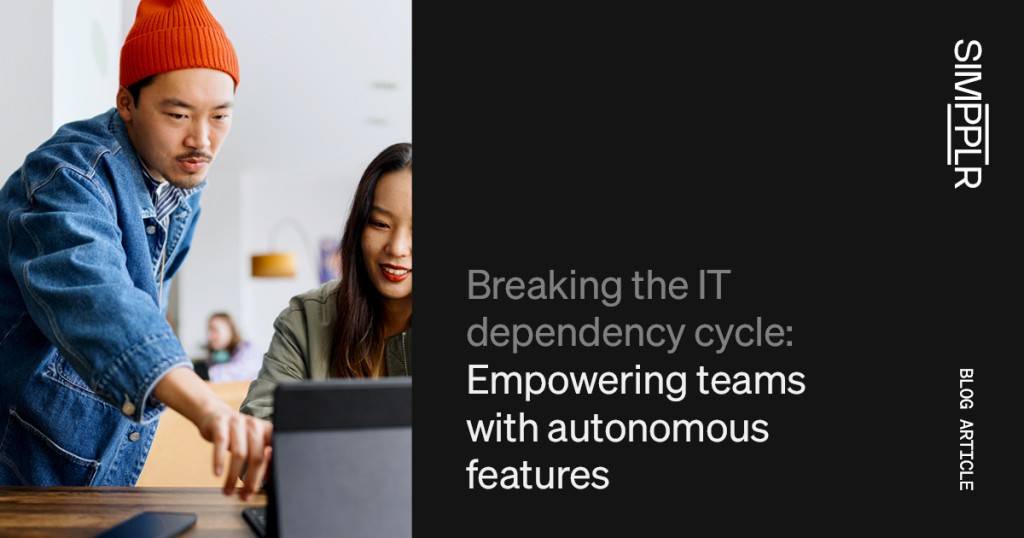
The digital employee experience isn’t a “one and done” scenario. It’s easy to rely far too long on systems that still technically work, avoiding updates and innovations until it becomes a major problem.
On a small scale, you might tap “remind me later” on your iOS update until your phone literally grinds to a halt. On a large scale, that same attitude can result in commercial hemorrhaging and operational chaos.
Thanks to AI, the future of work is an ever-changing landscape, and change management is a must in our digital landscape. Here’s a company ‘to-do’ list to stay competitive:
- Perform regular tech stack audits
- Attend industry conferences
- Mobilize team members to find solutions relevant to their roles
- Diversify the content you consume: social media, blogs, news sites, forums, video, tv, magazines, academic reports, and more
- Attend webinars and other virtual events
- Find inspiration in other departments, competitors, and even industries
Boost your employee engagement strategy with our on-demand webinar: Employee Experience and the Digital Workplace.
How Simpplr can unify the digital employee experience
Since the pandemic, with the rise of remote and hybrid work, digital employee experience is more important than ever. It’s mission-critical, in fact.
Simpplr’s modern intranet platform employs a familiar social media style and user-friendly, media-rich DEX strategy to keep employees engaged. With seamless integrations and APIs, the platform is ready to integrate with the other apps in your workflow right out of the box — Google Drive and Google Analytics, Microsoft Office 365, Slack, Zoom, Workday, UKG, SAP, ADP, Oracle, and many others. Integration is incredibly important, as employee adoption is higher when you’ve lessened barriers.
It has an intuitive self-service approach that’s designed to make your intranet upkeep easy, reducing the strain on IT services. As a single, intuitive hub, it keeps critical information in one place where employees can find what they need with enterprise search.
Best of all, Simpplr streamlines the process of continuous DEX improvement with built-in analytics and surveys. And that’s one feedback loop you’ll want to keep on repeat!
See how Simpplr can elevate your DEX strategy by connecting systems, streamlining workflows, and enhancing employee experience across all digital points. Request a demo today!

Watch a 5-minute demo
See how the Simpplr employee experience platform connects, engages and empowers your workforce.
- #1 Leader in the Gartner Magic Quadrant™
- 90%+ Employee adoption rate


